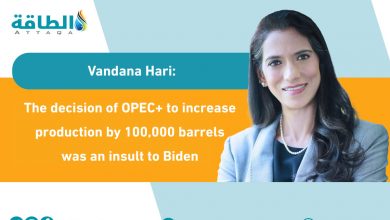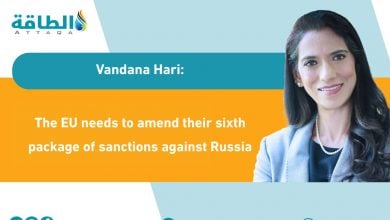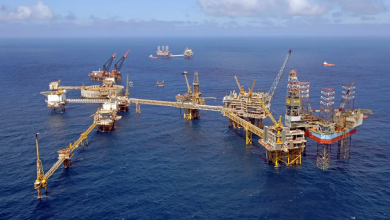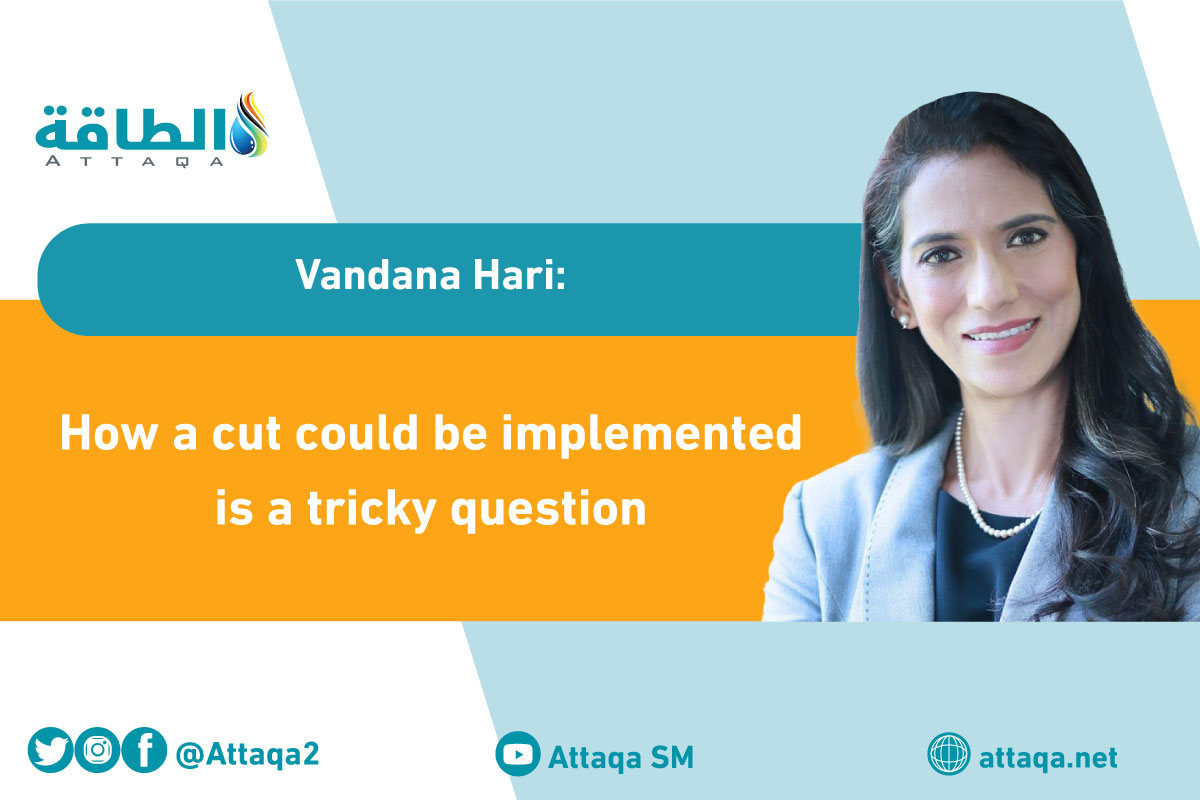
The OPEC/non-OPEC alliance has decided to hold its October 5 ministerial meeting in person in Vienna, indicating that it may be preparing for some tough negotiations over a possible production cut to prop up crude prices.
The market has been waiting for OPEC+ to make a move since the Saudi energy minister Abdulaziz bin Salman said on August 22 that the paper and physical oil markets had become “disconnected”, with the latter suffering from thin liquidity and extreme volatility, affecting the smooth and efficient functioning of energy markets.
OPEC+ had the “commitment, the flexibility, and the means” to deal with such challenges, ABS had said in written remarks provided to Bloomberg, which the market viewed as a hint of a production cut to put a floor under crude prices.
Brent had slid below $100 at the start of August and in less than three weeks after, was threatening to crash through $90.
OPEC+ ministers meeting on September 5 to decide October production policy rolled back the token 100,000 b/d increase in their collective target that they had agreed for September and endorsed ABS’ comments, reiterating that they stood ready to help support market stability.
Crude has remained on a slippery slope since, pressured by a growing risk aversion in the broader financial markets, as investors have increasingly despaired over the US Federal Reserve’s resolve to ratchet up interest rates even if that makes a recession inevitable.
Big intraday price swings have become the norm on the way down. Brent futures have come close to breaching the $80 handle on some days, and slumped to a fresh eight-month low settle of $84.06/barrel on September 26.
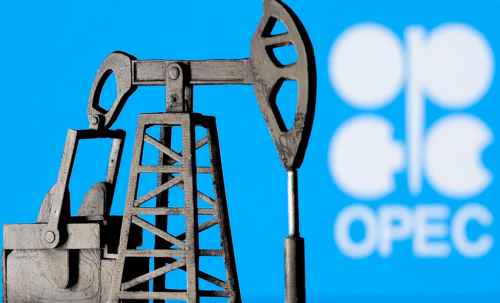
Reduction needed to avert lower prices
That OPEC+ would need to curtail production sooner or later if it is to keep crude from continuing to slide lower is not in doubt.
As persistent, decades-high inflation and rising interest rates crush consumer confidence and curtail discretionary spending across the globe, even as China’s strict Zero-Covid policy keeps a lid on oil demand in the world’s second-largest consumer, the expectation is that oil global inventories will build through the fourth quarter of this year and possibly the first half of 2023.
The consensus view of industry leaders and analysts at the Asia Pacific Petroleum Conference in Singapore last week was that OPEC+ would need to reduce supply by 0.5-1.0 million b/d to shore crude back up above $90/barrel.
How a cut could be implemented and what it would mean for individual country quotas is a more tricky question, as the vast majority of members participating in the production pact since 2020 have been struggling to restore output since last year, a problem that is expected to persist.
It wouldn’t make sense for OPEC+ to reduce its monthly target by 0.5-1.0 million b/d because its collective production is already falling short by about 3.5 million b/d, based on August data.
About 1.4 million b/d of that is the OPEC shortfall, with the remaining 2.1 million b/d coming from the non-OPEC camp, mainly Russia, whose output is being stymied by Western sanctions and reduced imports by the G7 and EU countries.
Convention may have to be set aside
One way around could be for the handful of OPEC members that are pumping close to their quotas – Saudi Arabia, the UAE, Kuwait and Iraq -- to implement a reduction.
Russia, whose quota has been on a par with that of Saudi Arabia since OPEC+ launched its unprecedented cuts in May 2022, could accept a lower ceiling in line with the Kingdom without losing anything, as its production will continue to be limited by sanctions and embargoes.
Russian production, which was pegged at 9.77 million b/d in August against a target of 11.00 million b/d, is under a growing threat with the European Union set to end all seaborne crude imports from that country from December 5. The EU’s seaborne imports of Russian crude have ranged between 1-1.5 million b/d in recent weeks.
Of course, the tweaking of individual country quotas is a highly sensitive issue within OPEC+ and the practice of strictly distributing any overall increases or decreases in production targets equitably amongst all members is a cornerstone of cohesion within the group.
But the current circumstances demand an exception to that rule. The members who take a cut now could be assured of their quotas being restored once the economic conditions have improved and the market starts demanding more oil.
A cut could backfire
However, should OPEC+ reduce production now and risk stoking global inflation just as it is starting to show some signs of abating? That is probably the hardest question and the answer would depend on whether you take the perspective of the big oil producers or the major consuming countries.
OPEC+ members need to protect their oil revenues to rebuild their economies, hit by the Covid-induced demand destruction and price crash.
But the alliance not only risks the ire of the major consumer nations, but also unintended consequence of accelerating demand erosion by propping up oil prices just as economies are slowing down.
If prices rise substantially from current levels in response to a cut, the US and other IEA member countries could unleash more strategic reserves to calm them down.
Finally, it is well-known that Russia, which has proposed a production cut, is looking to shore up its oil income to fund the war in Ukraine.
A decision that supports the Kremlin’s efforts, directly or indirectly, will not go down well on the international stage.
*Vandana Hari is Founder and CEO of Vanda Insights, which provides macro-analysis of the global oil markets.
READ MORE...
- OPEC+ needs to deal with the elephant in the room (Article)
- OPEC keeps a close watch on crude prices and factors (Article)
- The crude oil market has not witnessed fresh triggers to stoke pessimism (Article)
- The way down for crude prices could be long and winding (Article)






